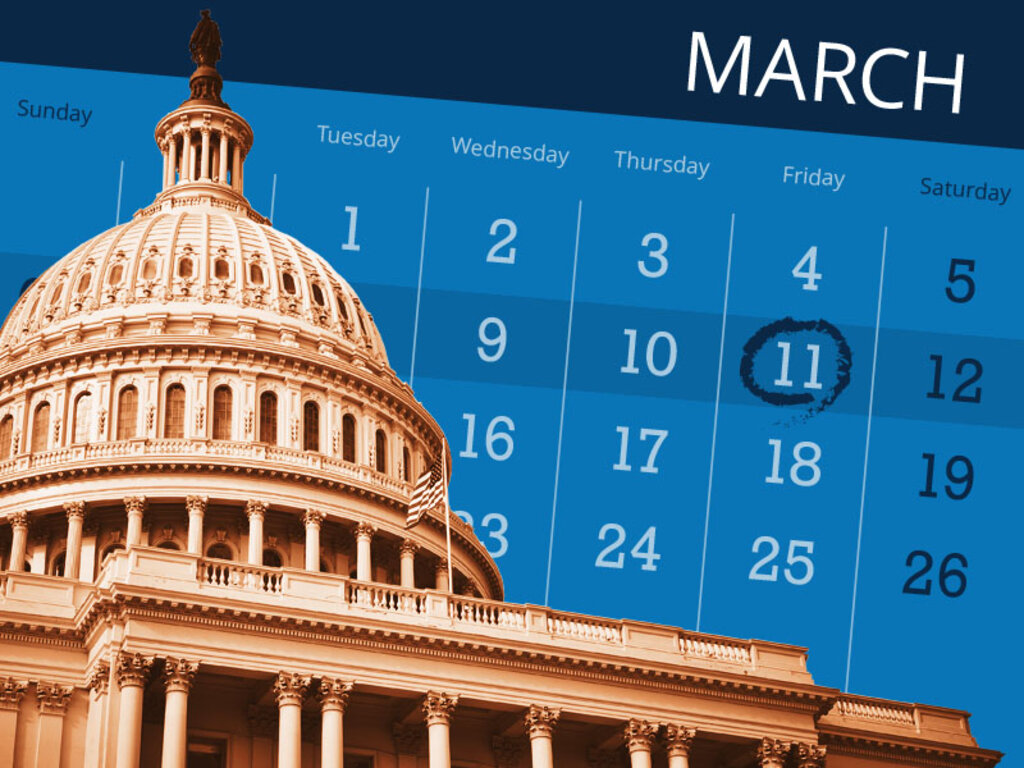The American Rescue Plan Act (ARPA) was enacted one year ago today. Here are six things you need to know about it.


It was a $1.9 trillion relief package − the sixth piece of legislation that funded pandemic relief efforts and the second largest behind the $2.1 trillion CARES Act.

Created new programs, like the $7.2 billion Emergency Connectivity Fund. That program was designed to help schools and libraries pay for laptops, tablets, Wi-Fi hotspots, and other devices to help keep kids learning when schools need to go remote. As of February 2022, the program has provided more than 10 million electronic devices and nearly 5 million internet connections to more than 11,000 schools and 900 libraries.

Supplemented existing ones, like the Emergency Rental Assistance Program, designed to help individuals who were struggling to pay rent or utilities during the pandemic. ARPA gave the program an additional $21 billion to bring its total to $46 billion, but states and local governments initially struggled to get the money out. To help speed up the distribution of funds, the Treasury Department allowed renters to self-certify their income to simplify the application process. The Government Accountability Office and the PRAC have both cautioned that self-certification increases the risk of fraud. As of January 31, 2022, approximately $22 billion of the program’s funds have been spent.

Funded “Tiger Teams” for unemployment insurance programs. ARPA gave states $240 million ($100 million of which came from leftover CARES Act funds) to beef up anti-fraud tools, improve service, and modernize outdated technology systems. The U.S. Department of Labor deployed teams of experts, or Tiger Teams, to Colorado, Washington, Kansas, Wisconsin, Virginia, and Nevada to help with these efforts. The teams consist of experts in the fields of project management, customer service, fraud management, and computer programming.

Created a new standard for collaboration and oversight – the “Gold Standard.” The White House’s American Rescue Plan Implementation Team was created to oversee ARPA, and the team meets weekly with PRAC leadership and other members of the oversight community. The meetings help fine tune pandemic relief programs before they are implemented, building in lessons learned from federal Inspectors General (IGs) that can reduce fraud and improve program effectiveness. And as oversight work reveals new risks, the weekly meetings enable feedback that allows programs to be adjusted quickly.

Gave the PRAC $40 million. We used it to build a cutting-edge data analytics center of excellence to find trends, patterns, and anomalies across $5 trillion worth of data. And when we find potential fraud, we have a task force of 41 investigators across 12 IGs waiting to work the cases. This is in addition to the ongoing work done individually by our IG partners, who have made 1,272 indictments, 949 arrests, and 455 convictions for pandemic-related fraud.

